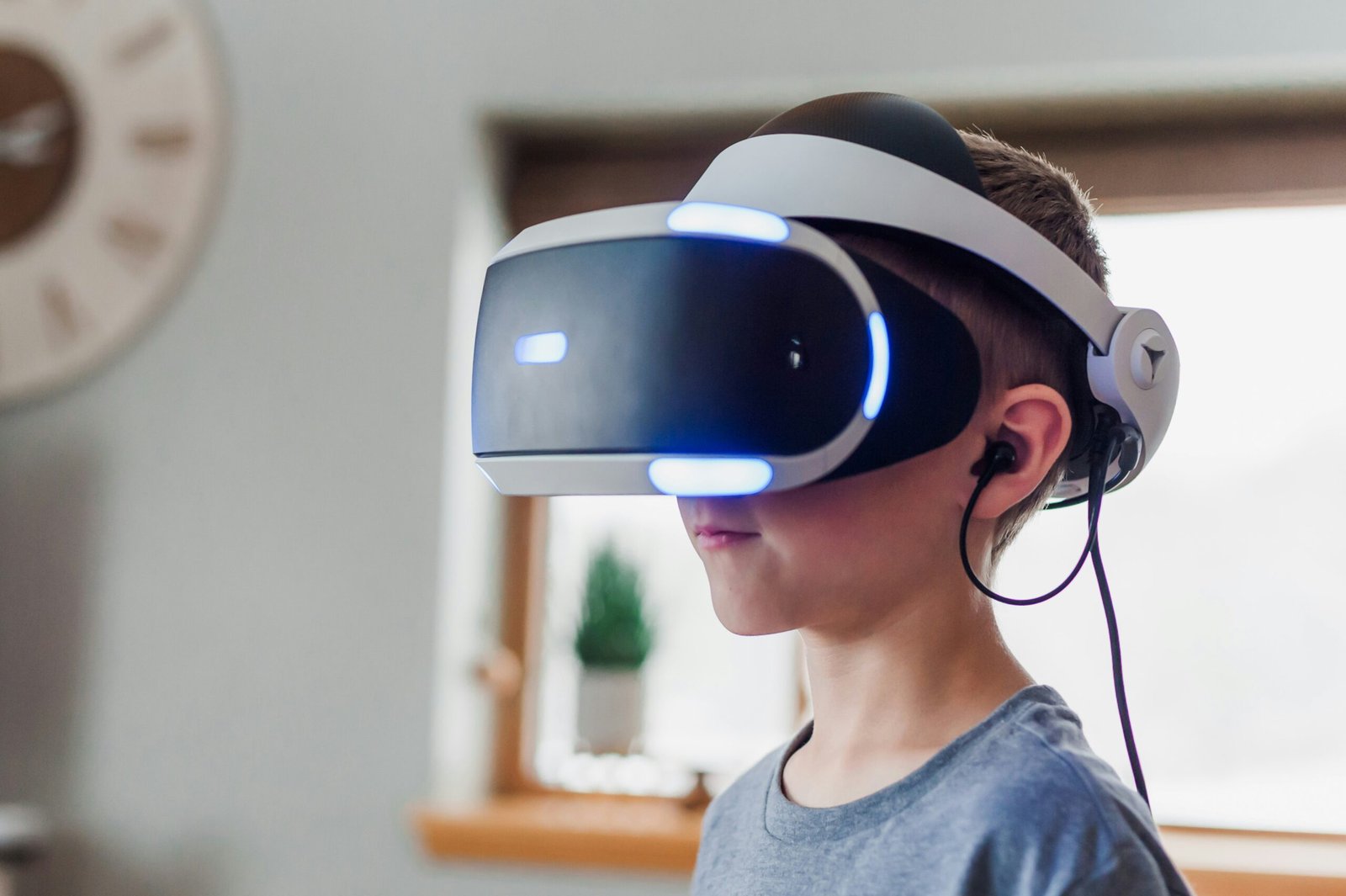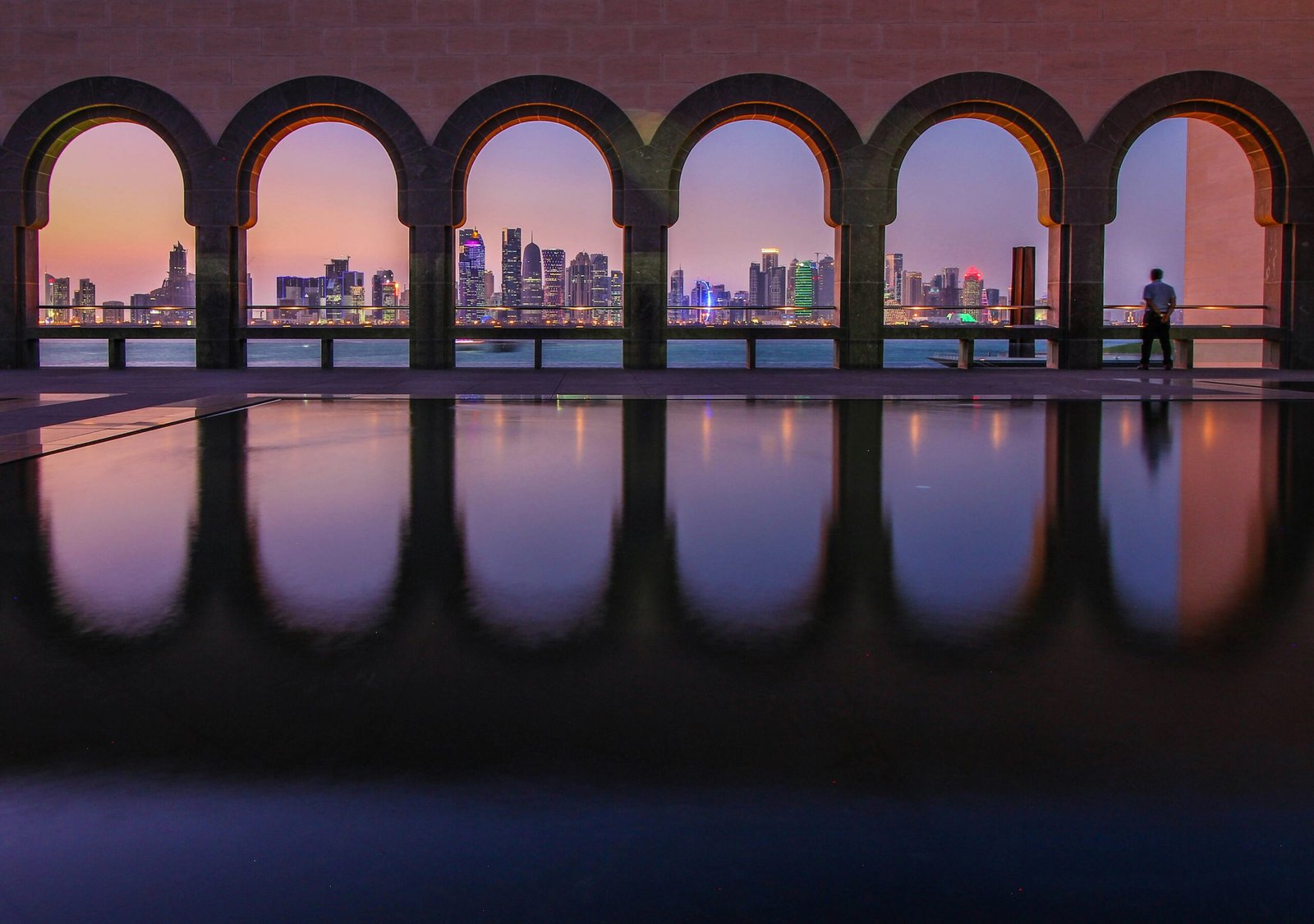In recent years, virtual reality (VR) has emerged as a groundbreaking technology that has the potential to revolutionize the way we interact with digital content. With the ability to transport users to immersive worlds and provide a sense of presence like never before, VR has opened up a whole new realm of possibilities for UI/UX experiences.
UI/UX (User Interface/User Experience) design plays a crucial role in creating intuitive and engaging experiences within virtual reality. It involves the careful consideration of how users interact with the virtual environment, ensuring that the interface is easy to navigate, visually appealing, and enhances the overall immersion.
Designing for Immersion
One of the key challenges in VR UI/UX design is creating interfaces that seamlessly integrate with the virtual world. Unlike traditional 2D interfaces, VR interfaces need to take into account the user’s physical presence and movements within the virtual environment.
Designers must carefully consider the placement and size of UI elements to ensure they are easily accessible and don’t obstruct the user’s view. This involves utilizing spatial audio cues, haptic feedback, and intuitive gestures to guide users through the VR experience.
Intuitive Navigation
In virtual reality, traditional navigation methods such as menus and buttons can be cumbersome and break the sense of immersion. UI/UX designers are tasked with creating innovative navigation systems that allow users to explore and interact with the virtual world in a natural and intuitive way.
One approach is using gaze-based interaction, where users can simply look at an object or location to initiate an action. This method eliminates the need for physical controllers and enhances the feeling of presence within the virtual environment.
Another popular technique is using hand gestures or motion controllers to interact with the virtual world. This allows users to reach out and grab objects, manipulate the environment, and perform actions in a more immersive and realistic manner.
Visual Design and Feedback
Visual design plays a crucial role in creating a compelling VR experience. The use of color, typography, and visual hierarchy can help guide users’ attention and enhance the overall immersion.
Designers must also consider the importance of feedback in VR interfaces. Providing visual and auditory cues to indicate user actions and system responses is essential for creating a seamless and intuitive experience. This can include animations, sound effects, and haptic feedback to provide users with a sense of presence and interaction.
Accessibility and Inclusivity
As with any form of technology, it is important to consider accessibility and inclusivity in VR UI/UX design. Designers should strive to create experiences that are accessible to users with different abilities and cater to a diverse range of users.
This can involve providing options for adjusting the UI elements to accommodate different levels of vision, hearing, and mobility. It also means considering the needs of users with cognitive disabilities and providing clear and concise instructions and prompts.
The Future of VR UI/UX
As virtual reality continues to evolve and become more accessible, the role of UI/UX design will only become more important. Designers will need to continually innovate and experiment with new techniques to create immersive and intuitive experiences that push the boundaries of what is possible in virtual reality.
With advancements in technology such as eye-tracking, gesture recognition, and haptic feedback, the future of VR UI/UX holds exciting possibilities. As designers, we have the opportunity to shape the way users interact with virtual worlds and create experiences that truly transport and engage.
In conclusion, VR UI/UX design is a fascinating and rapidly evolving field that requires a deep understanding of user behavior and interaction within virtual environments. By considering factors such as immersion, intuitive navigation, visual design, accessibility, and inclusivity, designers can create experiences that captivate and delight users in the immersive worlds of virtual reality.











Leave a Reply